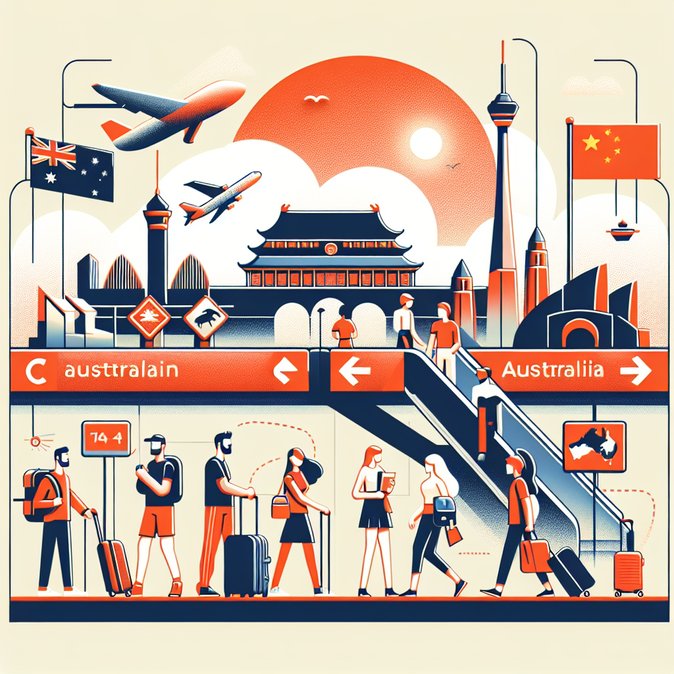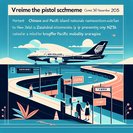
China has thrown a lifeline to Asia-Pacific tourism by extending its visa-waiver scheme for 45 countries—including Australia—until 31 December 2026. The announcement, made on 5 November 2025 by China’s foreign-ministry consular affairs department, means that Australian passport-holders can continue to enter China visa-free for up to 30 days for business, leisure, family visits or transit from 10 November 2025.
The original waiver, introduced in stages throughout 2024-25, was due to lapse on 31 December 2025. Beijing’s decision follows a 42 per cent year-on-year jump in inbound arrivals during China’s October Golden Week and reflects a strategy to revive a tourism sector still lagging pre-pandemic volumes by roughly 18 per cent. Australian travel agencies such as Flight Centre and Trip.com have already reported a 65 per cent surge in China-bound flight searches since the extension was flagged in local media.
![China Extends 30-Day Visa-Free Entry for Australians Until End-2026]()
For Australian corporates, the move simplifies travel planning and reduces lead times for client visits, factory audits and trade-show participation—particularly ahead of the Canton Fair’s spring session in April 2026. However, companies should note that visa-free travellers must complete China’s online arrival card and register with local police within 24 hours of checking in to accommodation not managed by international hotel chains.
The extension also dovetails with Canberra’s efforts to stabilise bilateral ties. Although trade restrictions on Australian wine and lobster remain partially in place, China’s Ministry of Commerce has reopened fast-track freight lanes at seven ports—a boon for exporters accompanying shipments.
Travel-risk advisers still recommend monitoring provincial health-code app requirements, which can vary by city, and ensuring passports have at least six months’ validity. Frequent flyers may wish to retain their multi-entry M-visas as a hedge should policy settings tighten after the 2026 deadline.
The original waiver, introduced in stages throughout 2024-25, was due to lapse on 31 December 2025. Beijing’s decision follows a 42 per cent year-on-year jump in inbound arrivals during China’s October Golden Week and reflects a strategy to revive a tourism sector still lagging pre-pandemic volumes by roughly 18 per cent. Australian travel agencies such as Flight Centre and Trip.com have already reported a 65 per cent surge in China-bound flight searches since the extension was flagged in local media.

For Australian corporates, the move simplifies travel planning and reduces lead times for client visits, factory audits and trade-show participation—particularly ahead of the Canton Fair’s spring session in April 2026. However, companies should note that visa-free travellers must complete China’s online arrival card and register with local police within 24 hours of checking in to accommodation not managed by international hotel chains.
The extension also dovetails with Canberra’s efforts to stabilise bilateral ties. Although trade restrictions on Australian wine and lobster remain partially in place, China’s Ministry of Commerce has reopened fast-track freight lanes at seven ports—a boon for exporters accompanying shipments.
Travel-risk advisers still recommend monitoring provincial health-code app requirements, which can vary by city, and ensuring passports have at least six months’ validity. Frequent flyers may wish to retain their multi-entry M-visas as a hedge should policy settings tighten after the 2026 deadline.









